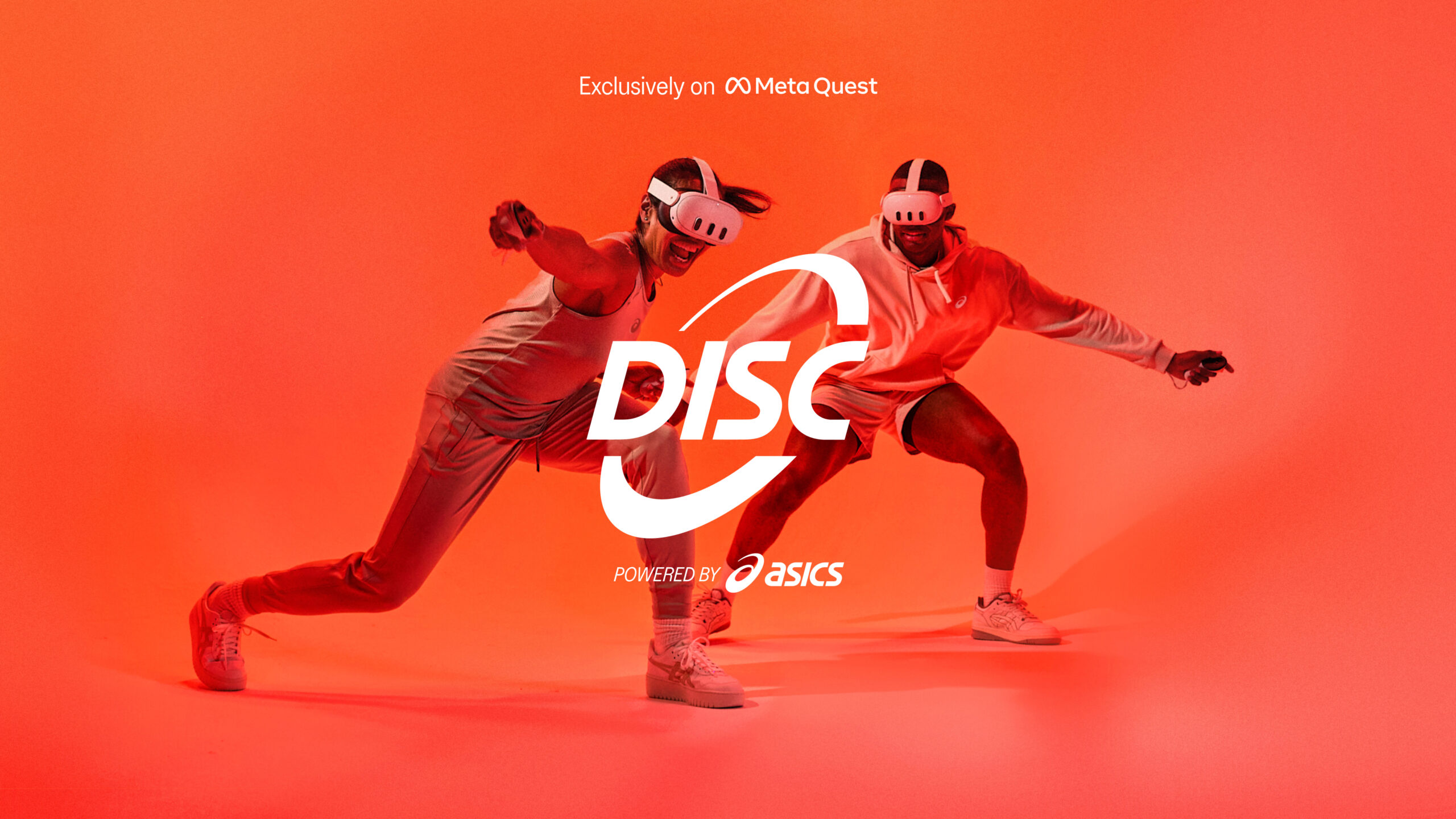The beginning of vSports – eSports and Traditional Sports Combined
In my mind’s eye I can see it. The line between eSports and traditional sports has blurred as I walk towards a cacophony of deafening cheers. I’m merely a spectator lost in the crowd and the arena I am entering is packed. It is a new age spectacle reminiscent of the coliseums of the past, where gladiators competed not just for victory, but for their lives. Today the stakes aren’t quite as high, but the excitement is through the roof nonetheless. I am attending the world’s first vSports tournament. As I make my way to my seat I look up and see giant screens presenting the athletes of the tournament. I spot my favorite vSports athlete “El Presidente” on the screen. There is a juxtaposition of two images. On the left is his beefed up level 60 avater, “El Presidente,” with all of his stats: agility, strength, explosiveness, skill…the works. On the right side I see the real person controlling this avatar in the game, PJ. Man this guy is a beast! His appearance is less ornate in real life but I still wouldn’t mess with him. Even his haptic suit can barely contain his sewer pipe sized biceps.
I turn my gaze from the screen down to the floor where there are twelve perfectly spaced black boxes with translucent glass, each rimmed with light and glowing in anticipation of the match. Each box is reserved for the athletes who have fought their way to this championship round, where they will enter, put on their sport adapted VR headsets, and give the next 35 minutes everything they’ve got.
From a distance, I can make out the interior of the box that is all too familiar to me. I have been training for vSports tournaments myself with similar rigs but have never made it to the finals, this is the big show, where only the best athletes can compete. Inside the boxes are haptic resistance systems that are mapped to the vr game environment. When the athlete grabs a handle in reality, they are grabbing a weapon in the virtual world. The handle is attached to a cable that is under variable tension and the real effort given by each athlete translates to in-game performance. Every lift, curl, press, jab, dodge, jump and sidestep correlates to an action in the game, and these athletes know exactly how to get the most out of every move.
I curiously look around at the other spectators, some have already put on their hero-vision viewing glasses, where they can see the in-game action from the exact viewpoint of their favorite athlete. I’m not ready to dive in yet, I’m still taking in all of the action happening in the dome. Just as I start slipping into the light and experience overload driven trance of the spectacle, my neck nearly snaps as I hear a shrill cry from the other end of the building and whip my head around to face it. The athletes have just emerged from the tunnel and the crowd is going insane and some of the athletes are screaming out their war cries. They look awesome in their haptic gear. Even from a distance you can see the different attributes of each athlete, some look small and agile, while others look like mutated fire trucks that have been twisted into human form. Each athlete steps into their respective black box. The lights dim. Let the games begin!
This vision of the future of sports might seem a bit far fetched but if you look at some emerging patterns, in my mind it is inevitable and will be a reality in the not too distant future. I base my vision on what I’ve been seeing in many areas of emerging technology, gaming and esports in recent years. The rise in popularity of esports (as illustrated in this article) mentions that the NBA broke it’s own records last year with its viewership of 31 million people. This was the highest viewership for the finals in 18 years! Yet the 2016 League of Legends viewership blew it out of the water. Around 36 million unique viewers tuned in for last year’s eSports final between Koo Tigers and SK Telecom at the Mercedes-Benz Arena in Berlin, Germany. On Kotaku.com, the headlines say it all:
“LeBron James delivered one of the most compelling sporting performances of the year yesterday by leading Cleveland to a NBA championship with a triple-double against the Golden State Warriors. And people watched in the millions. But more people watched League of Legends.”
 This article states “more recently it was revealed that the 2022 Asia Games will make competitive video games an official medal sport for the first time ever.” Esports could soon be an Olympic competitive event.
This article states “more recently it was revealed that the 2022 Asia Games will make competitive video games an official medal sport for the first time ever.” Esports could soon be an Olympic competitive event.
 Along with the popularity of esports, we are seeing HUGE investments in virtual reality technologies which many are saying will usher in a new era of gaming. In 2016, over $2 billion dollars were invested in AR/VR technologies (see article here by Digi-Capital).
Along with the popularity of esports, we are seeing HUGE investments in virtual reality technologies which many are saying will usher in a new era of gaming. In 2016, over $2 billion dollars were invested in AR/VR technologies (see article here by Digi-Capital).
 The gaming industry as a whole also continues to grow with over $91 billion in revenue in 2016 and predicted to grow to $106.5 billion in 2017 according to a report by Newzoo. Peter Warman, Newzoo CEO & Co-Founder says
The gaming industry as a whole also continues to grow with over $91 billion in revenue in 2016 and predicted to grow to $106.5 billion in 2017 according to a report by Newzoo. Peter Warman, Newzoo CEO & Co-Founder says
“This year (2017) will be another pivotal year for everyone involved in the games business…esports and live streaming are changing the gaming landscape on a global scale and at an unbelievable pace. Consumers are embracing the possibilities that games now offer, to view, create and play on every screen. Managing these communities is at the center of any game company’s strategy. The arrival of VR and AR will ultimately change the world we live in, but impact on the industry will be limited in the near term.”
It’s apparent that many experts in the industry see the continued growth potential for gaming, esports and VR technologies. So where does the physical sport aspect come in? Well, VR is shifting the gaming paradigm in terms of core interaction of gameplay. No longer do users just punch buttons or move the joystick on a controller. Now, your BODY IS THE CONTROLLER. This means the hottest VR titles will not only offer the best immersive experiences, but will also get people up and moving. We are already seeing stories of people losing significant amounts of weight in VR and getting healthier than ever before, illustrated by this article. Still not convinced? Here are 7 reasons I think VR, paired with the right peripherals, offers unique benefits to usher in a new era of sports:
1. Unlimited environmental possibilities
In virtual reality you aren’t just stuck on a grass field with a dried pig skin you are kicking and throwing around, you aren’t just on a clay court batting a furry ball back and forth. In virtual reality, your sporting arena can be whatever the creator determines and the object you are hitting around can defy the laws of reality. Want every physical movement you perform in a game to launch a giant missile to damage your opponent’s ship? You can do that. Want to warp around to different arenas in different stages of gameplay? The possibilities of creating richer, more engaging and more entertaining experiences in vr sporting events are truly unlimited with this new technology.
The unlimited choice of environment and gameplay also have the potential to create richer narratives around the players involved. Today, football or soccer athletes have backgrounds and narratives inherently rooted in reality, maybe they grew up in a certain country, practiced a lot and fought to where they are today. That’s great, but with virtual sports, there is a potential for a much richer narrative around not only who the vAthlete beat in the last round or who they are in reality, but what virtual landscapes they have conquered throughout their quests or challenges in the game, and what additional interests and strengths they have in the virtual world. I believe:
A developer that crafts the right experience in this way will have the ability to unlock more connected tribes and rabid fans. I think of it more like a new era of sporting where the Marvel Universe meets Crossfit. Combining storytelling with the action of sports can, and has been proven to be, bigger than pro sports and movies. The potential is there and this type of activity could blow both sports and entertainment out of the water.
2. Smarter training
With the rise of artificial intelligence, and a higher fidelity of VR tracking, future virtual reality training and sports will allow users to practice smarter. Given the right peripherals, virtual reality, paired with AI coaching, will have the ability to track every movement an athlete makes and automatically correct their form and add intensity to progress the athlete in an optimized way for maximum performance.
This tracking doesn’t have to be after a vr training experience or workout is completed either, with high fidelity tracking systems, the athlete’s form can be corrected THROUGHOUT A MOVEMENT IN REAL TIME. This has the potential to provide the most safe and efficient form of training any sport has ever seen.
And the magic of it all is that every piece of data can be collected without any effort from the athlete or a coach holding a clipboard. With room-scale virtual reality technologies, the head, hands and eventually feet data will be tracked and analyzed. Each piece of data can then be used to help create optimal nutrition, recovery and growth plans catered to each athlete’s unique biomechanics and build.
3. Greater performance in training and competitions
In #2 I mentioned the power of training before a competition in virtual reality with smart tracking and powerful artificial intelligence. More than that, however, virtual reality can be equally as powerful DURING the actual battle / performance / match. The power of engaging gaming mechanics paired with the complete immersion that virtual reality technology creates can lead to various in-game physical performance improvements.
The first improvement is the potential to unlock hysterical strength. As humans, we can do some pretty crazy things given the right situations. Think of the stories of mothers lifting cars off of their child or this story of a girl saving her father. With virtual reality, dramatic situations can be designed to push athletes to the next level, beyond what is typically humanly possible.
Another benefit virtual reality might be able to provide is a new level of time dilation. This happens in traditional sports when you are on the field and an entire quarter goes by when it felt like only 2 minutes. Some of the likely causes are achieving the flow state, having a deep sense of presence, as well as creating a new level of fun. Virtual reality is THE technology of presence because your vision is completely taken over. With the right vr design patterns your brain believes you have been transported to another world and the environment + game you are experiencing has the potential to put you in a flow state and dilate your sense of time. This is especially important when paired with fitness. The more you can get an intense physical training session without feeling like you are bored out of your mind grinding away in a traditional gym, the more likely you are to continue your training regimen and the more likely athletes will be to reach their peak performances in competition. Here is an interesting paper on the aspect of time dilation in virtual reality if you want to read further.
One of the final benefits virtual reality has in creating better athletes of the future is to delay the onset of pain in training. The training regimens for vSports can be engineered from the ground up to create environments and interactions that focus the user’s attention on the game activities and distract from the pain of muscular fatigue. The more an athlete can push past the pain and fatigue to get one more rep of a movement, the greater potential for muscle growth and athletic performance. An impressive study that tested virtual reality for pain reduction of burn victims gives initial proof of this:
“Studies show that patients who are exposed to VR enjoy an average of 60 percent pain reduction. Some patients who engage in VR during operations/treatments have even reported full pain relief during their virtual sessions”
I know that’s a lot to take in for one article. To sum up part 1, I believe the combination of esports, the gaming industry’s rapid growth and the disruptive technology of virtual reality with trackable peripherals will usher in a new form of athlete and an entirely new era of sports that are safer, more enjoyable, and create experiences that engage audiences like never before.
Check out part 2 and get the final 4 reasons virtual reality will change sports as we know them forever.
In the meantime, you can check out what my team and I are doing at Black Box VR. We are creating a virtual reality fitness experience that combines a patent pending resistance system that works with virtual reality experiences to allow users to immerse themselves in a fun experience and emerge healthier, stronger and more fit. Sign up for the beta to stay in the know. We will help usher in a new era of sports with virtual reality fitness and we hope you join us.











